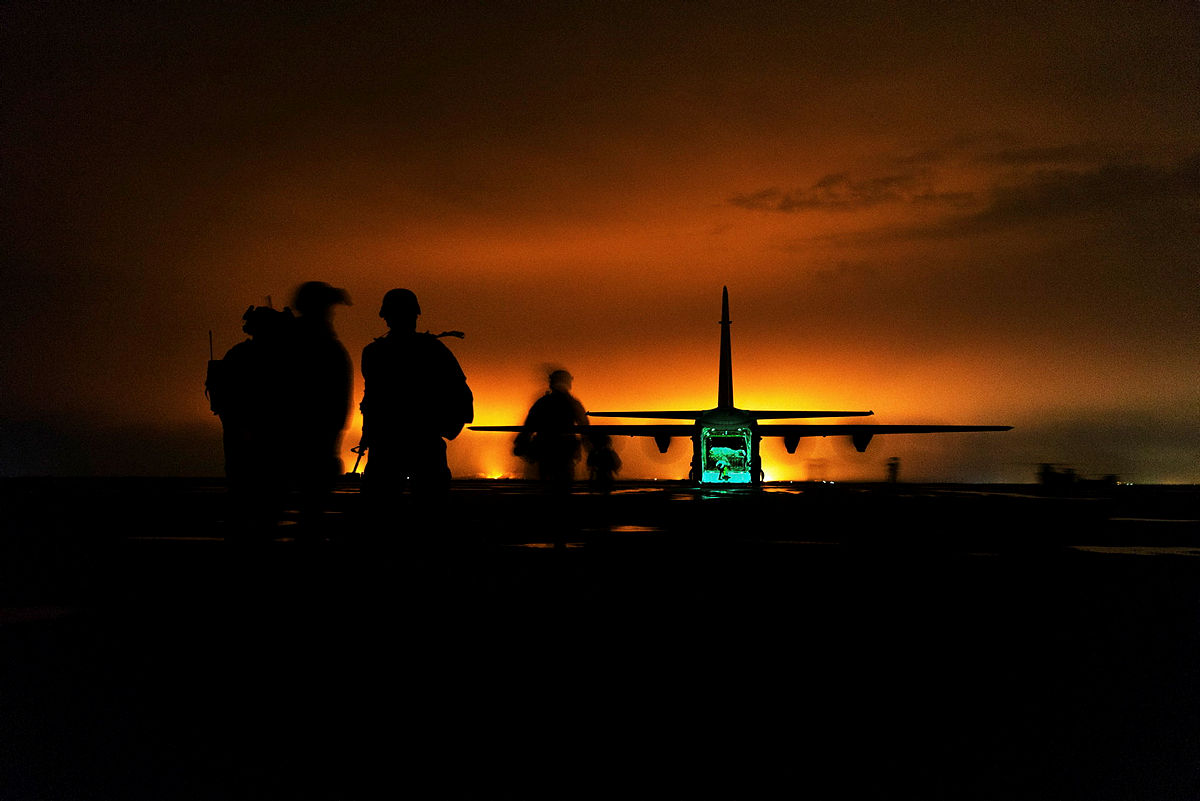
The first half of my adult life was spent as a professional army officer—a Duntroon graduate in the Australian Intelligence Corps. For the second half of my adult life I’ve been a businessman, based in Perth. Yet I have remained a curious military observer and what I’ve seen often hasn’t impressed.
The Special Air Service Regiment in those post-Vietnam days was certainly elite, but still part of the Australian Army. Its look and feel was jungle green. Its role was strategic, combining surveillance and intelligence with counterterrorism. It was not an uber-infantry battalion.
When the SAS deployed to the Middle East soon after the 9/11 terror attacks, it was still low key. The
Tampa affair was the beginning of the slippery slope that has got us to where we are now. In 2001, Prime Minister John Howard, facing defeat, needed to swing the Australian populace. He committed the SAS to board and secure a foreign-flagged vessel of peace, a blatant political mission to ensure the refugees it carried did not arrive on home soil.
Charged up with a political victory, Australia’s political leaders became super-romanced with the power of the SAS in the national psyche. Soon the SAS was deployed in larger numbers to both Afghanistan and Iraq. It became a go-to tool of Australian foreign policy. Its funding skyrocketed and the SAS Resources Fund, a non-military entity, received huge sums. The SAS was developing independent financial means, albeit for welfare, but why should that be the case? Aren’t all Australian soldiers equal in status and need?
The SAS was becoming a brand. It was moving away from the army, culturally, operationally and financially.
Worse still, it began to do very un-SAS things. Australia had six infantry battalions whose role was being subordinated to the now mega-SAS infantry unit, and the peacetime public had no understanding of the change occurring. The rotation problem, which led to the embedding of the warrior culture, could have been easily fixed by reducing the size of the SAS contingents and deploying more regular infantry who were trained and equipped to clear villages, conduct searches and sniper operations, and seize and hold ground. Many times while pondering things in front of my TV, I thought: Why is the SAS even in that village? Shouldn’t they be on the hilltop watching and reporting, avoiding contact?
Interestingly, the Rudd–Gillard–Rudd governments that followed Howard’s also loved the brand association and kept the Kool-Aid flowing stronger than ever.
Then there’s the officer and non-commissioned officer relationship—that’s majors and captains versus sergeants and corporals.
The army is not like the police force, which has a single thread from constable to commissioner. It has a two-stream system. Officers go to Duntroon and then climb the ladder to, hopefully, become generals. So, a captain will probably do one tour, maybe two, in Afghanistan in the fighting part of his career.
On the other hand, an SAS soldier might make sergeant when he’s 26 and have 10 to 15 years of constant rotational fighting ahead of him. Moreover, if you keep the same squadron in Afghanistan and rotate people through it, it’s very clear that the sergeants and corporals will feel that they are the true custodians of the regiment. They largely pay lip service to inexperienced young officers who are most likely on their first tour, or the slightly less young majors in the command centre.
Operationally, the SAS works in patrols of four to six men and there’s rarely an officer among them. This is different from the rest of the army, where an officer is almost always within 100 metres of a soldier or helicopter or truck. An SAS patrol can be isolated for weeks, save occasional radio situation reports. This is where sinister events occurred.
So, on operations the sergeants are running the show. Officers are flowing through and out. Some do come back to command, but they rarely step onto red earth; they are simply too valuable. They would be reticent to take on a career-ending reportable-abuse event—or maybe they should have?
Officers and soldiers remain on a first-name basis in the SAS, so picture how that would work in the field. Everyone is a mate.
Moreover, as the then head of Special Operations Command, Major General Jeff Sengelman, noted in his tour report of 2016, back in Swanbourne the home base had gone ‘off the rails’, with soldiers socialising with ‘bikies, bad boy footballers and topless bar maids’ in the other ranks’ mess and club. This is not how the army is run on the east coast.
The SAS had gone rogue mongrel. Financed by ever-growing taxpayer funds, its soldiers were earning huge salaries and massive tax-free operational allowances. It was a busted game that was always going to go wrong. Worse still, hidden away in beachside Swanbourne, it was only ever exposed to fleeting oversight from visiting senior officers and it became a source of public relations grabs for local ministers and aspiring backbenchers who dreamed of nothing more than an invite to the officers’ mess and a photo op for the local community newspaper. Just don’t let anyone look under the bonnet.
The SAS is part of the Australian Army; it is not an unanswerable mob of military entrepreneurs. It should be sent back to the hilltops to watch, lurk and report and leave the contact battle to the exemplary infantry battalions of the Royal Australian Regiment.
 Print This Post
Print This Post